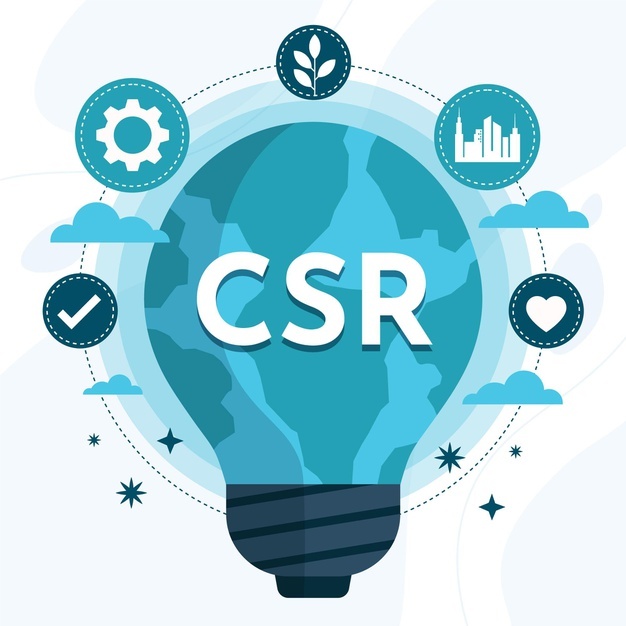The Covid-19 pandemic continues to heavily influence trends in the CSR industry. The emerging trends in 2022 are similar to the ones seen in 2021 owing to the recurring Covid waves leading to restricted movements and lockdowns in the country. This year, the focus is expected to be on directing the funds for recovery from the pandemic through livelihood generation, bridging the gap in school education, and uplifting rural communities along with healthcare & sanitation.
1. Building resilience
The emerging need as seen from my work with the rural communities is for identifying easily accessible/adaptable technologies that help rural communities and vulnerable population groups in becoming more resilient to uncertainties. This will be a key tenet of a larger holistic approach to uplift rural communities which includes rejuvenating the ecosystems and environment, generating livelihoods, promoting climate resilient agricultural practices, empowering the women of the communities by equipping them with knowledge and skills to earn livelihood and also look after the health and nutrition of both themselves and their children. This approach will ensure a sustainable development of the villages and the communities making them more resilient.
2. CSR collaborations
We are now witnessing a shift in the CSR approach to the social sector with more flexibility being offered to the organisations to work on bringing in a holistic development of the communities. CSR organisations are becoming more open to working collaboratively with other donors to ensure all the needs of the communities are met. The pandemic required many organisations to repurpose and redirect the funds allocated to certain projects in order to address the immediate needs of the community and the sector has seen the donor ecosystem become more accommodating to these requests while maintaining the CSR mandates.
3. Local livelihood generation
Livelihood generation, as a theme is also expected to see a shift as communities are demanding more local livelihood generation activities as the traditional migratory practices for earning livelihoods came to a standstill during the pandemic with an added layer of health hazards associated with it. Organisations are now concentrating on building capacities of the rural communities for self-employment and setting up small alternate income generation activities within their villages to make the communities more self-sufficient and also identify markets in the neighbourhood villages for added incomes. The communities are being encouraged to form groups and work in a community model to ensure all the businesses thrive with community support and the challenges of the villages are addressed locally through the groups.
To conclude, the non-profit sector has been one of the quickest and most resilient sectors to adapt to the emerging needs of the community and come up with innovative solutions to try and support the most vulnerable groups through the pandemic. These efforts have been well received by the donor segment and resulted in mindset-shifts in the way CSR was looked at.
These two segments of the development sector, working cohesively, will lead to building a resilient and empowered community.
 Prakash Keskar has been the Executive Director for WOTR since April 2019. Prakash has over 25 years of experience in the development sector – 21 years of which have been in WOTR, across various levels and geographies.
Prakash Keskar has been the Executive Director for WOTR since April 2019. Prakash has over 25 years of experience in the development sector – 21 years of which have been in WOTR, across various levels and geographies.
Views of the author are personal and do not necessarily represent the website’s views.


